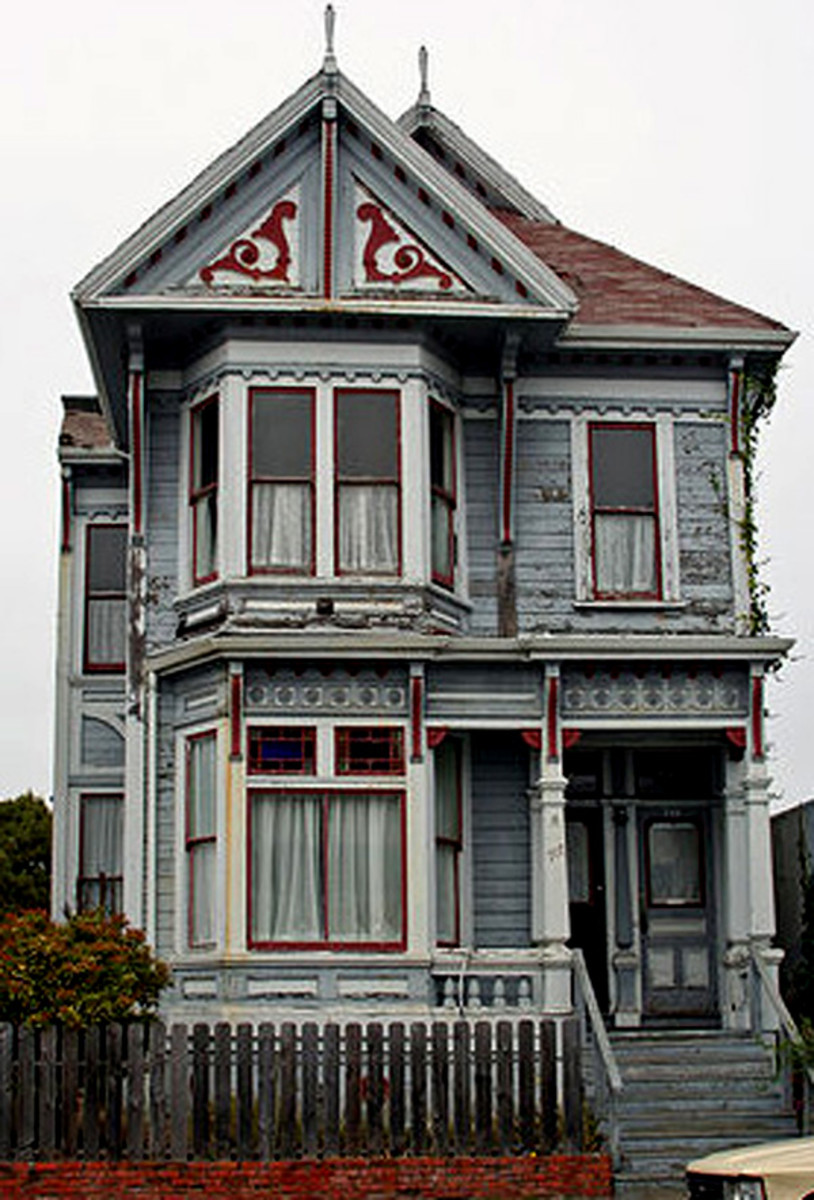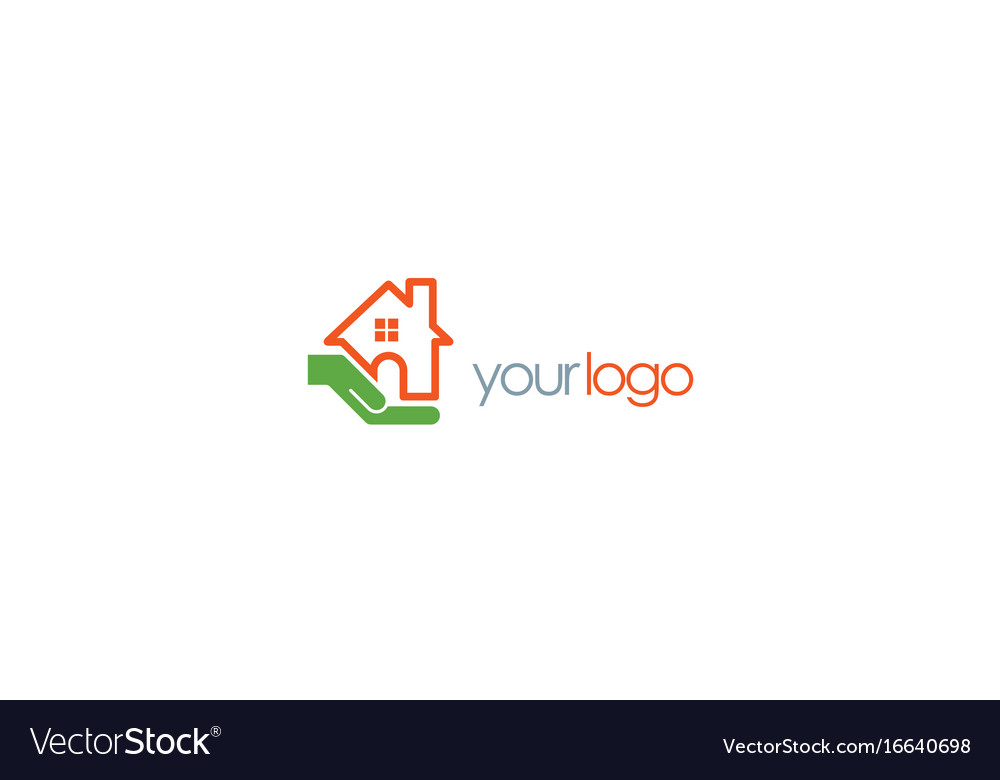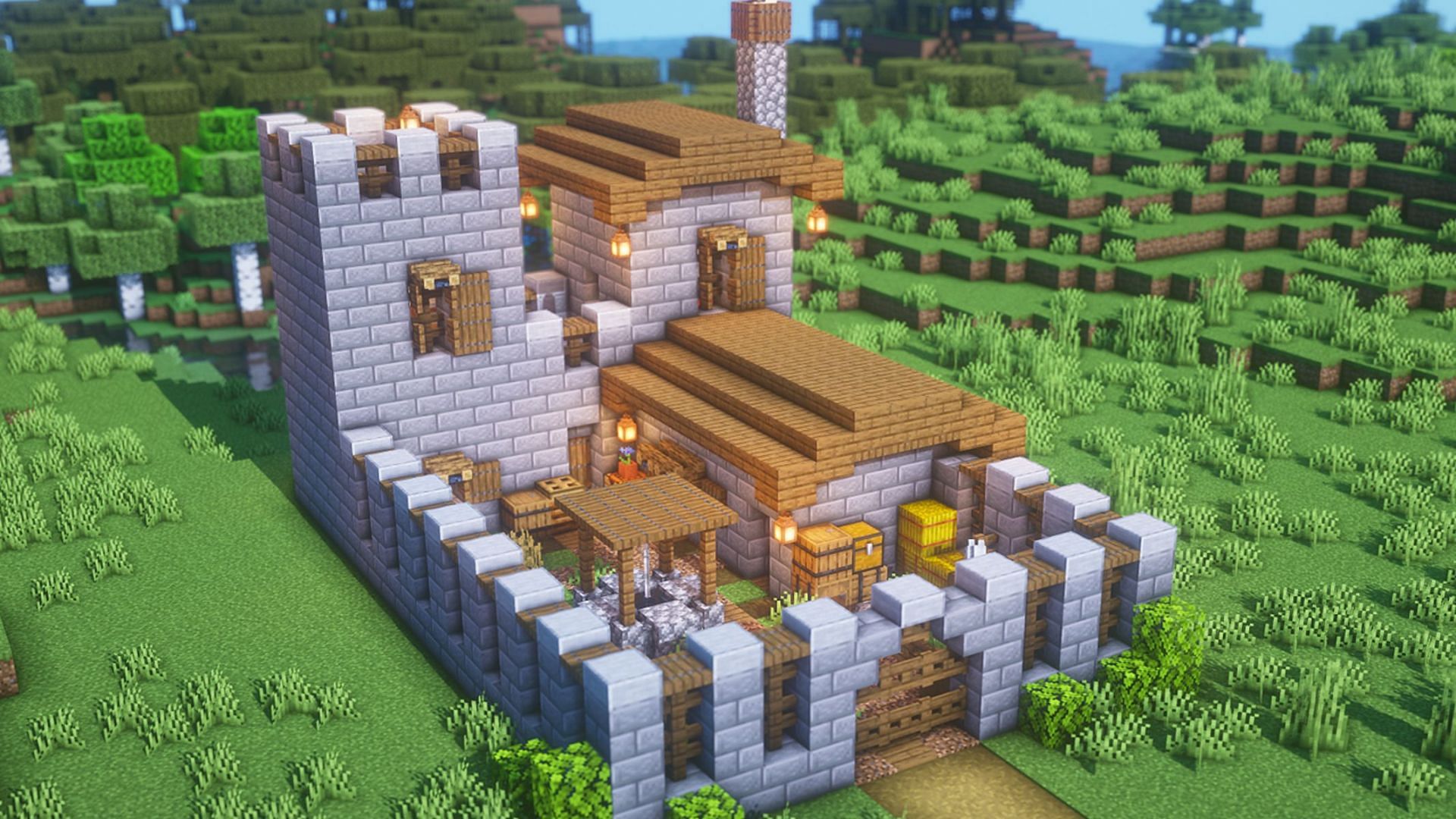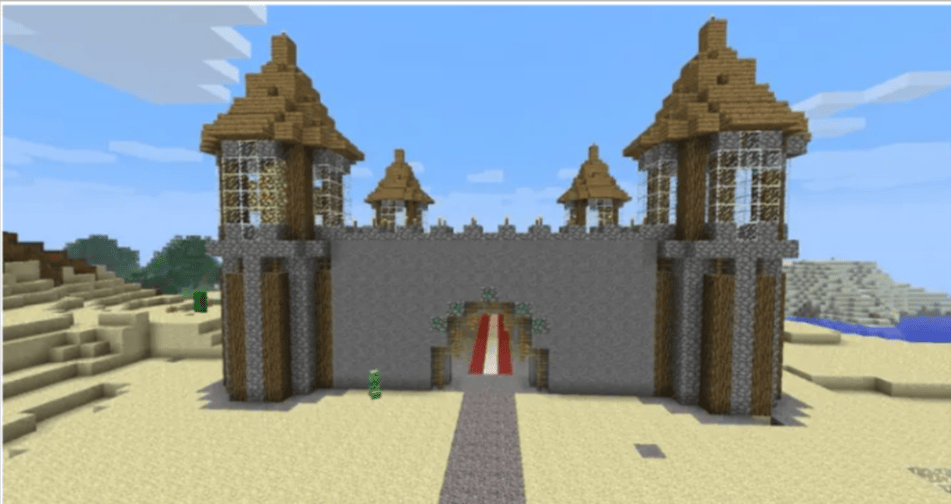Table Of Content
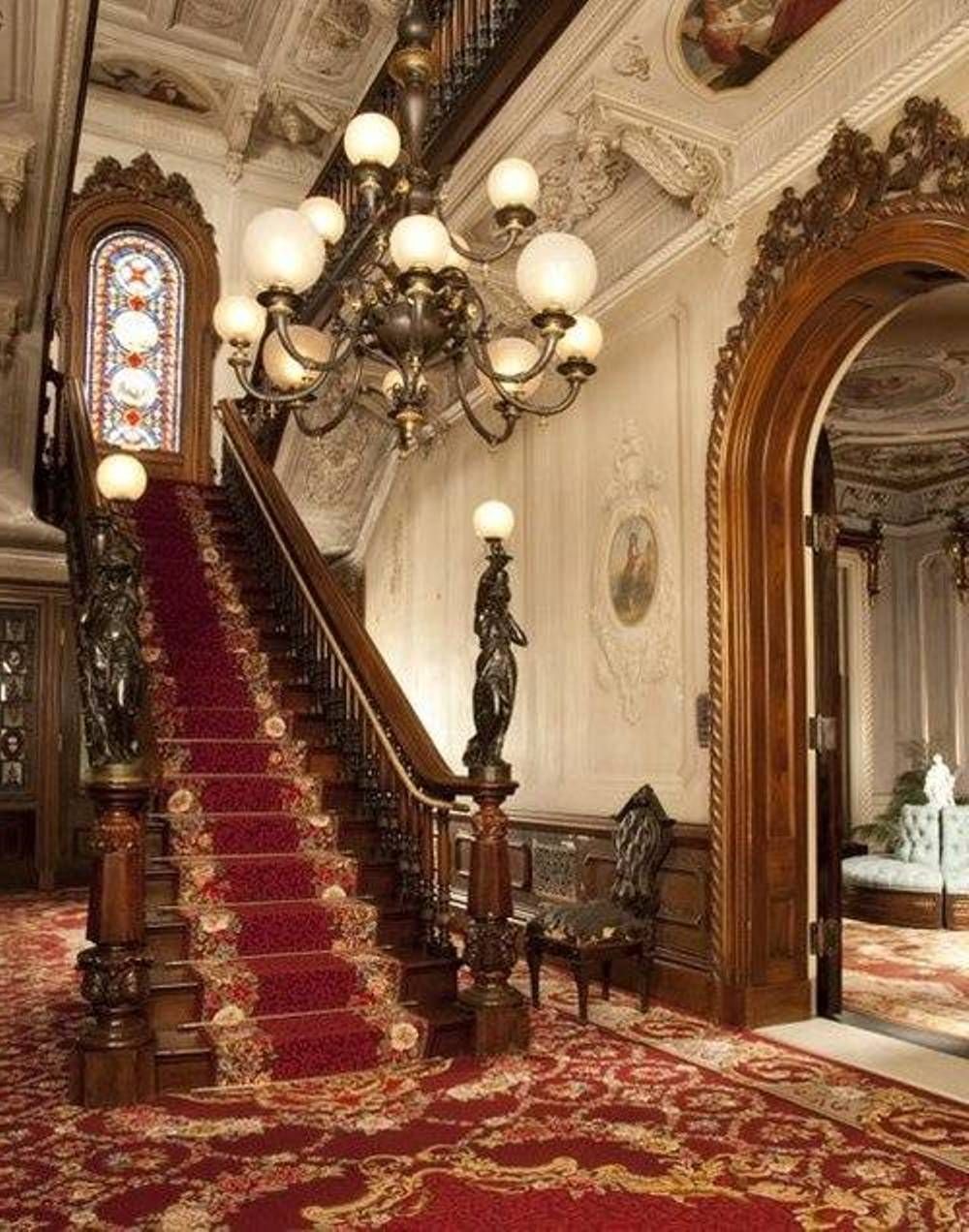
This facilitates the recreation of ornamental wood trim, metalwork, custom windows, and other details. Advanced materials research also offers substitutes for traditional Victorian-era products – like durable polymer sidings that mimic wood or slate at lower cost and maintenance. More efficient glazing, heating, cooling, and lighting modernize sustainability. Smart home and IoT integration upgrade Victorian buildings for 21st-century connectivity and automation needs without altering inherent aesthetics. Additionally, laser scanning and photogrammetry documentation methods provide comprehensive digital records of existing Victorian structures to guide sensitive restoration work.
Everything You Need to Know About Victorian Homes

A bit later in the Victorian time period — around 1880 to 1910, according to Home Reference — Folk Victorian was the style du jour. At first glance, you may not even group this particular architectural style in with the other styles prevalent in the Victorian period because it's visually quite different. Yes, there are some nods to previous styles, with ornate millwork and trim popping up here and there, and the quintessential Victorian porch also appearing on many of these homes.
Fit for a Queen: Everything You Need to Know About Victorian-Style Houses
Conceived in England by architect Richard Norman Shaw, Queen Anne-style houses rose in popularity between 1880 and 1910. These one-floor structures usually feature a square footprint and lack a central hallway. By the middle of the 19th century, as a result of new technology, construction was able to incorporate metal materials as building components. However, due to being weak in tension, these materials were effectively phased out in place for more structurally sound steel.[2] One of the greatest exponents of iron frame construction was Joseph Paxton, architect of the Crystal Palace. Paxton also continued to build such houses as Mentmore Towers, in the still popular English Renaissance styles.
Key Differences Between Old House and Modern House
This Noe Valley house features 5 bedrooms, 3 full baths, 2 half baths, a spacious living room with a cozy fireplace, and protruded bay windows. This multi-family residence was built in 1910 and recently renovated to a modified Victorian home with white walls, hard wooden flooring, and numerable indoor plantations. The deck offers world-class views of the surroundings which could be used as outdoor seating for a late evening get-together. Victorian-style houses are most commonly found in regions that experienced significant urban development during the Victorian era, which spanned from the mid-19th century to the early 20th century. These homes are most popular in areas that thrived during those periods, such as San Francisco, Boston, and New Orleans. Victorian-style houses can be found in an abundance of areas, most of which reside in more populated cities.
Victorian house exterior features
Built in the year 1856, the Balmoral Castle is regarded as one of the most well-known and admired castles around the globe. The architect William Smith designed and built the castle with assistance from Prince Albert. This famous building was used to house subtropical as well as tropical plants, such as the palm, which it is most famous for, hence the name of the greenhouse. One of the most highly renowned Victorian-era buildings is the Palace of Westminster. It was designed by Augustus Pugin and Charles Barry and construction lasted from 1840 until 1870. It is the home of the United Kingdom’s House of Parliament and is situated in Westminster in London.
These distinctions appeal to different sensibilities and values, influencing the overall ambiance and functionality of each type of home. When comparing a modern mansion to a traditional one, the key difference lies in their design approach. Modern mansions embrace sleek lines, cutting-edge technology, and eco-friendly features, catering to a contemporary lifestyle.
In Victorian times, these architectural styles served as ornamental additions to homes, embodying a blend of functionality and aesthetics. Originally designed for defensive purposes, turrets in Victorian architecture underwent a significant transformation, transitioning into decorative elements that added a touch of grandeur to houses. During the Victorian era, turrets became synonymous with the Queen Anne style, contributing to the castle-like appearance of homes. When comparing old and modern houses, the architectural style differences showcase a fascinating evolution in design principles and material choices. Traditional homes, rooted in styles like Victorian, Colonial, Craftsman, and Neoclassical, embody classic design elements, distinct room separation, and intricate details.
Parametric Architecture – Innovations in Design and Construction
In this period, taller ceilings conveyed a sense of prestige and grandeur, showcasing the wealth and social status of the homeowner. Additionally, the amount of space created by the high ceilings allowed room for the inclusion of elaborate molding, decorative plasterwork, and intricate detailing on the ceilings themselves, all of which were hallmarks of Victorian design. Step back to an era of grandeur and opulence, where ornate details and architectural splendor reigned supreme. In this blog, we’ll embark on a journey through the enchanting world of Victorian architecture, uncovering the secrets behind their distinctive design and delving into the historical context that shaped these iconic homes.
Romanesque Revival
Picture a dollhouse – a colorful exterior, several stories high, gabled roof, highly decorative details, maybe even a tower – and you’ve just envisioned a Victorian style home. From their iconic exteriors, to their opulent interiors fit for a queen, Victorian houses are a unique home style that stands out from the rest. Italianate is one of the earliest styles of Victorian house, first appearing in the early 1800s and taking its inspiration from 16th-century Italian renaissance architecture.
The house was relocated in 1970 to the Heritage Square Museum in Montecito Heights where it remains open to the public. West Coast editions of the style have also become popular in Northern California and hamlets around San Francisco – as evidenced in the row houses in San Francisco above. In Britain, the design and makeup of Victorian homes came after the Industrial Revolution, allowing for massive production increases in everything from machinery and steam engines to brick and mortar construction. Another Frederick Roehrig design, this Queen Anne-style mansion was built by Andrew McNally, founder of the Rand-McNally Publishing Company. The few that remain are wonderful reminders of Victorian ingenuity and architectural diversity.
This Southern California Victorian-Style Home Has $400,000 Worth of Fancy Wallpaper - Robb Report
This Southern California Victorian-Style Home Has $400,000 Worth of Fancy Wallpaper.
Posted: Wed, 07 Jun 2023 07:00:00 GMT [source]
While this was a period of huge technological advancements in architecture, stylistically architects seemed to be borrowing their ideas from the past, such as the work of the architect Augustus Pugin. Many original buildings were constructed by Alexander Thomson in Scotland who combined Oriental and Egyptian themes with Neoclassical architecture and was a huge exponent of the use of steel and cast iron as building materials. While you may be blown away by their brilliant exteriors, these homes also have insides to boot. "The house plans are as ornate as the exterior," says Sarabeth Asaff South, former home expert at Fixr.
The top layer of engineered wood can't undergo refinishing as frequently as solid hardwood, potentially necessitating replacement sooner in heavily used spaces. While old houses hold onto tradition and nostalgia, modern houses embrace innovation and efficiency. In contrast, traditional mansions prioritize timeless charm, classic architectural details, and a sense of heritage.
The Lear/Rocheblave House is but one piece of the puzzle, offering a unique contrast to the more modern pleasures found elsewhere. The house is open to the public, with guided tours available to provide a deeper understanding of the property’s significance. Today, this grandiose abode offers a peek into the lifestyle of Pensacola’s yesteryears, complete with period furnishings and decor that transport visitors to a bygone era. Victorian charm oozes from every crevice of this imposing structure, with its intricate woodwork and a history that whispers from the walls.
During the 1840s when the Victorian era was just gearing up, Italianate style houses became the hot new trend. The style spread quickly across the United States via widely-published Victorian pattern books, many still available in reprints. With low roofs, wide eaves, and ornamental brackets, Victorian Italianate houses are reminiscent of an Italian Renaissance villa. Plate glass enabled expansive glazed surfaces, including the iconic curved bay windows marking many Victorian homes.



